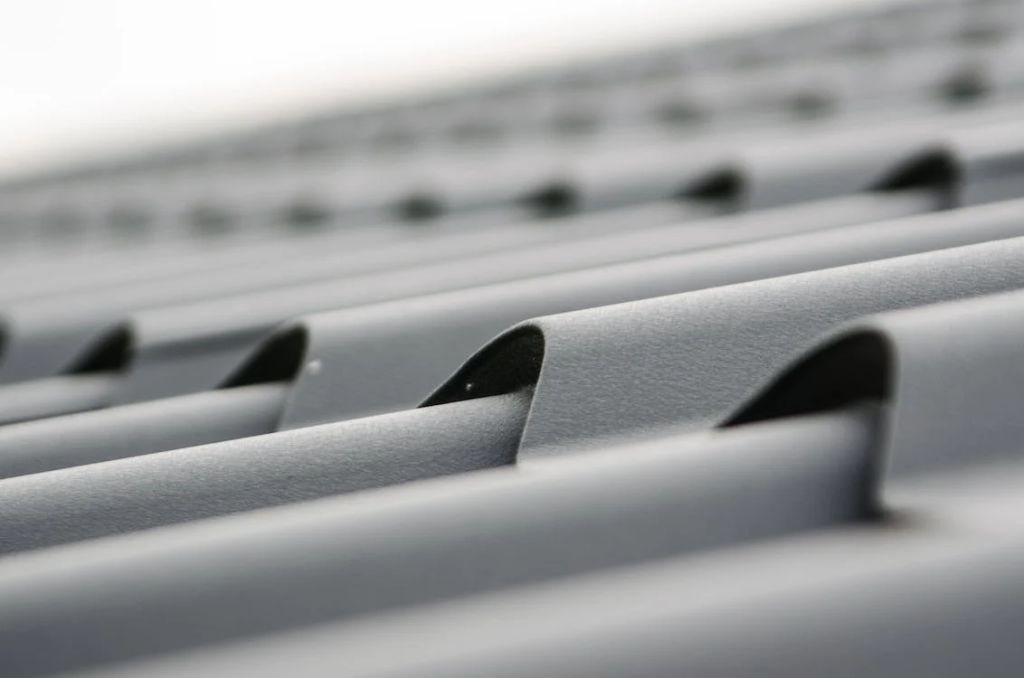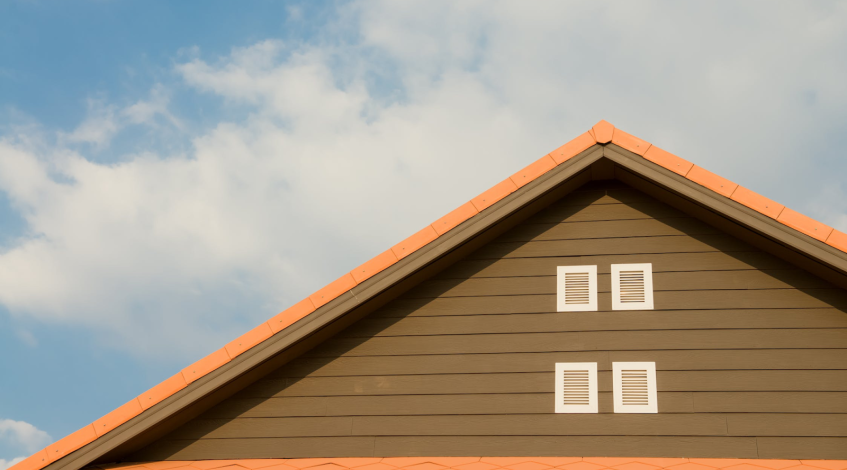Whether you’re a professional working in an industry such as gutter cleaning, solar panels or painting, or simply looking to do some maintenance on your home, safety is of great importance. This is especially true when working at height!
There are many ways to maintain safety while working at height, but today, we will talk about one specific way to keep ourselves safe while working high up: installing roof anchor points! Have you never heard of them before? Many people haven’t, but they play a crucial role in height safety.
In this blog post, we will look at what roof anchor points are, why they are so essential for safety, how to choose the right one, and how to install and maintain it! So, if you want to make your at-height work safer and easier, read on!
What Are Roof Anchor Points?

Firstly, in case you’re unsure, let’s discuss what roof anchor points actually are.
Roof anchor points, often just called anchor points, are critical safety fixtures designed to secure individuals working at heights to prevent falls and accidents! These devices are typically installed on rooftops, elevated platforms, or other high-risk areas, providing a secure point to attach safety harnesses, lanyards, or lifelines. Their primary purpose is to arrest a fall or prevent a person from reaching the edge of a structure, minimising the potential for injury or fatality.
But you may be thinking, why is it so important to use anchor points when carrying out work on the roof? That’s an excellent question; let’s find out!
Why Roof Anchor Points Are Essential for Safety
Roof anchor points are essential for safety in various industries and workplace environments for many reasons! As we just learned, their primary purpose is fall prevention. This is particularly crucial in construction, maintenance, and roofing industries, where employees frequently work on elevated surfaces!
If you own a company, anchor points can help protect your workers’ lives. Falls from heights can result in severe injuries or fatalities. Roof anchor points are a primary line of defence against such accidents, safeguarding the lives of workers and reducing the human cost associated with workplace incidents!
Many roof anchor points are designed to withstand environmental factors and have a long service life. This ensures that safety remains prioritised over the long term, even as structures age.
Roof anchor points are also strategically placed to minimise the potential for swing falls, where a worker may swing and collide with a structure during a fall. Proper anchor point placement helps mitigate this risk!
Many countries and regions have strict fall arrest safety regulations that mandate the use of roof anchor points in specific situations. Compliance with these regulations is essential to avoid legal penalties and ensure a safe working environment!
In the event of a worker’s fall, roof anchor points facilitate rapid rescue and retrieval. Rescuers can use the anchor points to reach the fallen worker quickly and safely, potentially reducing the severity of injuries.
So, as we’ve seen, roof anchor points are essential for safety because they provide a reliable means to prevent falls, protect lives, and ensure compliance with safety regulations! But are there any non-safety related benefits to using anchor points? Let’s see!
Additional Benefits From Using Anchor Points

One non-safety-related benefit to using roof anchor points is enhanced productivity! When you or your employee feels safe and secure while working at heights, confidence is increased, leading to improved productivity. Workers can focus on their tasks without the constant fear of falling, leading to more efficient and effective work!
Another benefit is versatility and adaptability. Roof anchor points come in various types and configurations, making them suitable for different applications and structures. They can be installed on rooftops, elevated platforms, and even on vehicles, providing adaptability to a wide range of industries!
Which Anchor Point Is Right for You?
When it comes to roof anchor points, selecting the right type is essential for safety and effectiveness! Several options cater to various applications and structures. Fixed anchor points are permanently installed and ideal for long-term use, while removable anchors offer flexibility for temporary projects. Temporary anchor points, like deadweight anchors or mobile anchor systems, are suitable for on-the-go jobs.
Roof ridgeline anchors run along the ridge of a roof, while horizontal lifeline systems provide continuous coverage for multiple workers. Choosing the appropriate anchor point depends on your specific needs, structure, and safety requirements, ensuring the utmost protection for those working at heights!
Roof Anchor Point Installation
So, we want to use anchor points to stay safe and be more productive when working at height. Now, let’s see how to get started installing them!
Site Assessment
First, begin by conducting a thorough site assessment. Identify suitable locations for anchor points and ensure they are structurally sound and meet safety standards!
Select the Right Anchor Point
As previously mentioned, it’s vital to choose the appropriate type of anchor point based on your application and roof structure. You will need to consider factors like roof pitch, material, and load-bearing capacity! You can also ask your anchor point supplier for advice.
Follow the Manufacturer’s Instructions
Always adhere to the manufacturer’s guidelines for installation! It’s important to use compatible fasteners, brackets, and tools as recommended.
Secure Attachment
Make sure to install anchor points securely to the roof structure to reinforce them to handle potential forces during a fall adequately!
Test the Anchor Points
Conduct load testing to verify their strength and stability after installation. Ensure they can support the intended load!
Maintaining Your Roof Anchor Points

Regular maintenance is vital if you want to ensure that your anchor points continue to keep you safe. One way to do this is by scheduling routine inspections of anchor points by qualified personnel! That way, your anchor points can be checked for signs of wear, corrosion, or damage.
You should also maintain detailed records of installation dates, inspections, and any repairs or replacements. This helps ensure accountability and compliance!
Anchor points must be cleaned regularly to remove dirt, debris, or rust. You can also lubricate moving parts to prevent friction and corrosion!
Another important factor to consider is ensuring appropriate anchor point training and education. Train workers on the proper use of anchor points and safety equipment. Please make sure they are aware of any potential hazards and safe practices!
Don’t forget to repair and replace as needed. Damaged or compromised anchor points should be repaired or replaced immediately to maintain safety standards.
Finally, make sure to stay updated with relevant safety regulations and standards and ensure that your anchor points continue to meet these requirements!
Stay Safe During Rooftop WorkI hope this guide has been helpful for you in learning more about roof anchor points and how to use them to reap the most benefits. Whatever work you do, whether personal or commercial, stay safe out there!
